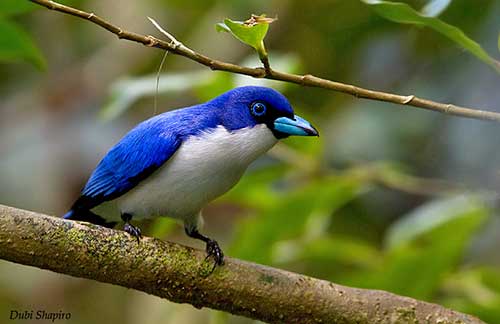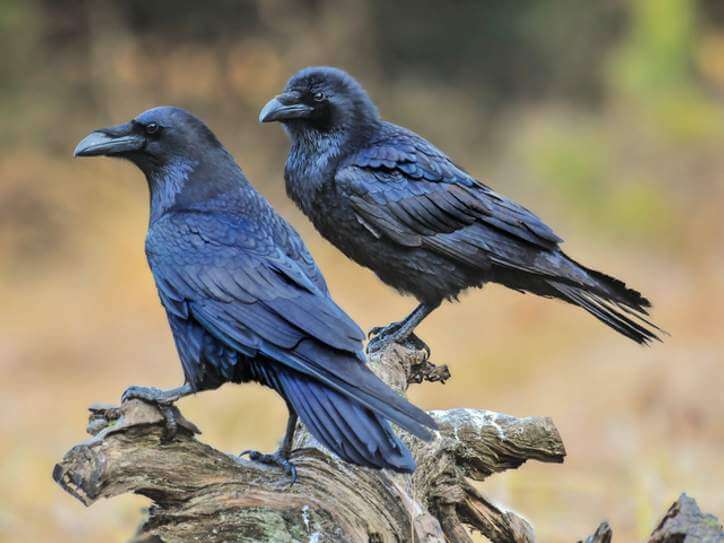The Lilac-Breasted Roller: A Jewel of the African Skies
The lilac-breasted roller (Coracias caudatus) is one of the most colorful and striking birds in Africa. Known for its dazzling array of plumage, it’s a favorite among birdwatchers and nature photographers alike. However, this bird is more than just a pretty face; it plays an important role in its ecosystem and has a rich evolutionary history.
In this article, we’ll dive into the scientific classification, physical characteristics, behavior, and much more to uncover the true wonder of the lilac-breasted roller.
Contents
- 1 Scientific Classification
- 2 Physical Characteristics
- 3 Habitat and Distribution
- 4 Key Habitat Regions:
- 5 Behavior and Flight
- 6 Hunting and Feeding:
- 7 Aerial Displays:
- 8 Diet
- 9 Reproduction and Nesting
- 10 Predators and Threats
- 11 Conservation Status
- 12 Relationship with Humans
- 13 Interesting Facts
- 14 Evolutionary History
Scientific Classification
The lilac-breasted roller belongs to the family Coraciidae and the genus Coracias. Its full scientific classification is as follows:
- Kingdom: Animalia
- Phylum: Chordata
- Class: Aves
- Order: Coraciiformes
- Family: Coraciidae
- Genus: Coracias
- Species: Coracias caudatus
The species was first described by the naturalist Linnaeus in 1766. The bird is closely related to other rollers, such as the European roller and the Indian roller, all known for their stunning colors and aerial acrobatics.
Physical Characteristics

The lilac-breasted roller is a medium-sized bird, measuring approximately 35–38 cm (14–15 inches) in length, with a wingspan of about 50 cm (20 inches). It weighs around 100–150 grams (3.5–5.3 ounces).
- Plumage: This bird is renowned for its brilliant coloring. Its breast is adorned with a vibrant lilac, blending into a turquoise belly. The wings are a mix of bright blues and greens, with a striking black edge on the primary feathers. The head and back are mostly olive green, but the throat and face feature a blend of white and pale blue.
- Tail: The tail is long and forked, with two distinctive elongated outer feathers that can reach up to 12 cm in length. These long feathers add grace to the bird’s flight, especially during its characteristic acrobatic rolls and dives.
- Beak: The short, slightly hooked beak is adapted for catching insects and small prey, and it is usually dark gray or black.
Habitat and Distribution
The lilac-breasted roller is predominantly found across sub-Saharan Africa and the southern Arabian Peninsula. It favors open woodlands, savannas, and bushy grasslands, where it can easily spot prey from a perch.
Key Habitat Regions:
- East Africa: Kenya, Tanzania, and Uganda
- Southern Africa: Botswana, Namibia, Zimbabwe, and South Africa
- West Africa: Parts of Angola and Zambia
- Arabian Peninsula: Yemen and Saudi Arabia
The bird prefers areas where scattered trees and shrubs provide perching spots, from which it hunts and performs its acrobatic displays.
Behavior and Flight
Hunting and Feeding:
Lilac-breasted rollers are carnivorous and primarily feed on insects like grasshoppers, beetles, and ants, but they also eat small amphibians, reptiles, and even small birds. These birds hunt by perching on high vantage points and swooping down to catch prey with pinpoint accuracy.
Aerial Displays:
One of the most remarkable behaviors of the lilac-breasted roller is its aerial display. During courtship or territorial defense, the bird performs a series of rolling dives, twists, and turns in the air, showcasing its agility and the vibrancy of its plumage.
Diet
The lilac-breasted roller’s diet mainly consists of insects, but it also feeds on small invertebrates and vertebrates:
- Insects: Grasshoppers, beetles, termites, and ants make up the bulk of its diet.
- Small vertebrates: Frogs, small lizards, and occasionally small birds.
- Other prey: Spiders and scorpions can also be consumed when available.
It hunts primarily by sight, swooping down from a perch to snatch prey either on the ground or in mid-air.
Reproduction and Nesting
Lilac-breasted rollers are monogamous and are known to form lifelong pairs. They nest in tree cavities, abandoned woodpecker holes, or even artificial structures.
- Breeding season: The breeding season typically occurs between March and June, coinciding with the rainy season when food is abundant.
- Eggs: The female usually lays 2–4 white eggs, which are incubated for about 17–20 days.
- Parental care: Both parents participate in feeding and caring for the young. The chicks fledge about 3–4 weeks after hatching but remain dependent on the parents for some time afterward.
Predators and Threats
Despite its vivid coloration, the lilac-breasted roller has a number of natural predators, particularly during its early life stages. Predators include:
- Birds of prey: Larger raptors such as hawks and eagles often target rollers.
- Snakes: Tree-dwelling snakes pose a threat to eggs and young chicks.
- Mammals: Small mammals like mongooses may raid nests in search of eggs or chicks.
Human activities such as deforestation and habitat destruction also threaten these birds, although their adaptability to various environments helps them maintain stable populations in many areas.
Conservation Status
Currently, the lilac-breasted roller is listed as Least Concern by the International Union for Conservation of Nature (IUCN). Its wide distribution and large population size ensure that it’s not at immediate risk. However, ongoing habitat loss and environmental changes could impact local populations in the future.
Relationship with Humans
Bird enthusiasts and tourists alike cherish the lilac-breasted roller. It is often featured in African wildlife photography and is the national bird of both Botswana and Kenya.
Local communities sometimes view the bird as a symbol of good fortune due to its vibrant appearance and aerial prowess. However, they are also sometimes captured for the pet trade, though this practice is uncommon due to the bird’s preference for the wild.
Interesting Facts
- National Symbol: The lilac-breasted roller is the national bird of Botswana and Kenya.
- Flight Displays: Their name “roller” comes from the bird’s habit of performing rolling dives during courtship or when defending territory.
- Colorful Feathers: The bird’s bright plumage makes it easily recognizable, and its colors are often cited as among the most beautiful in the bird world.
- Hunting Strategy: The bird prefers to hunt from a high perch, giving it a panoramic view of the ground to spot prey easily.
Evolutionary History
The lilac-breasted roller, along with other rollers, belongs to an ancient lineage of birds dating back to the Eocene epoch, around 55 million years ago. These birds share a common ancestry with kingfishers and bee-eaters, and their acrobatic flight patterns are thought to have evolved as a display mechanism, either for attracting mates or deterring rivals.
Rollers’ bright plumage also likely evolved through sexual selection, with more vibrantly colored individuals being more successful in attracting mates.
Conclusion
The lilac-breasted roller is a spectacular example of nature’s brilliance. Its vivid colors, aerial acrobatics, and fascinating behaviors make it a true gem of the African wilderness. While currently not under immediate threat, conserving their habitats and ensuring a stable environment is crucial for maintaining healthy populations of these birds. Whether admired from afar or up close, the lilac-breasted roller continues to capture the hearts of nature lovers worldwide.
- Golden Retriever Pros and Cons: What Every Pet Parent Should Know - 15 September 2025
- Cane Corso Dog Breed: Health, Care, and Lifespan - 14 September 2025
- Catahoula Leopard Dogs: Description, Temperament, Lifespan, & Facts - 21 July 2025







